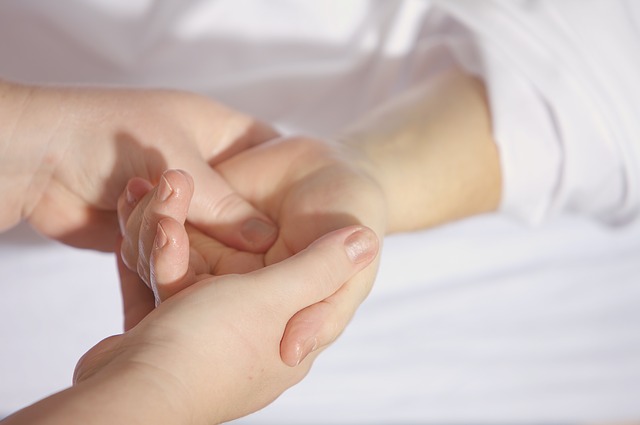Physical therapy, or physiotherapy, is the treatment of disease or injury by physical methods rather than medical methods such as drugs or surgery. Physiotherapy allows you to work with your physical therapist to participate in your own recovery, working to treat your pain but also to treat the source of the pain.
Your physical therapy may include a mix of;
- Stretching – Gentle exercises designed to gradually increase flexibility and mobility of joints and muscles over time.
- Low impact exercise – Low impact workouts including swimming and using stationary bikes will increase your heart rate and work your muscles, increasing your movement but keeping easy on your joints.
- Strengthening exercise – Use of machines, resistance bands, and exercises that use your own body weight help to step up from low impact exercises, gradually increasing the impact on your joints while continuing to work your muscles to build strength and mobility.
All of these exercises can be demonstrated and practiced during your physiotherapy session and then prescribed to perform at home. In addition to the exercises, you may be advised to use ice packs to reduce inflammation and heat to improve muscle movement.
Top 3 reasons why physical therapy is beneficial
Primary care doctors will often refer you to a physical therapist as a conservative approach to symptom management, prior to medical care such as medication or surgery. After a diagnosis, your physical therapist will work with you to create an individualized program of therapy.
Our top three benefits of physical therapy are;
- Avoiding surgery – Physical therapy can mean that you avoid the negative side effects of surgery and medication.
- Reducing and eliminating pain – Even if you require surgery, pre-surgery therapy can speed up recovery and reduce pain.
- Improving mobility – Physical therapy can effectively improve mobility in joints and muscles.
Who can benefit from physical therapy?
Physical therapy is often used by athletes as physical therapists focus on the muscles and joints that are put under strain in each sport to reduce the risk of sporting injuries including stress fractures and muscle injuries. However, physical therapy can also be beneficial for a wide range of illnesses and injuries, including;
• Recovery from a stroke – A common symptom of a stroke is the loss of movement on one side of the body, often shown by a drooping in part of the face and an inability to fully lift both arms. Physiotherapy can help to ease these symptoms by re-building muscle strength and improving balance, helping patients regain their independence.
• Manage diabetes – Your physical therapist may work with you to create an exercise plan to help you to lose weight and control your blood sugar while reducing vascular symptoms by improving blood flow in the feet and legs, preventing further symptoms.
• Manage heart and lung disease – Patients may receive physical therapy alongside cardiac rehabilitation after a heart attack to rebuild strength and improve daily functioning and quality of life. Physical therapy for pulmonary disease may include breathing exercises to increase vital capacity and help to clear fluid in the lungs.
• Manage age-related issues – Patients may receive physical therapy for a range of age-related issues including the treatment of symptoms related to osteoporosis, joint replacement, arthritis, and problems with balance and after falls.
• Manage other conditions – Physical therapy can also help to manage the symptoms and causes of other conditions including; post-partum care, bowel and urinary incontinence, some cancers, constipation, and pelvic health, among others.
Finding a physical therapist
Although access to a physical therapist varies by state and insurance plans, you do not need to be referred by a doctor to see a physical therapist.
Recent Posts
- Castor Oil For Better Hair Growth: Is It Myth Or Fact?
- Exploring the Differences Between Sermorelin, Ipamorelin, Ibutamoren, GHRP2, and GHRP6: Understanding Their Role in Human Growth Hormone Regulation
- Unraveling the Mystery: Understanding the Causes and Prognosis of Ventricular Tachycardia Without Apparent Heart Disease
- Understanding Grandparents’ Rights in Oklahoma: Navigating Visitation and Legal Protections
- 10 Reasons to Consider Hypnotherapy for Your Health

